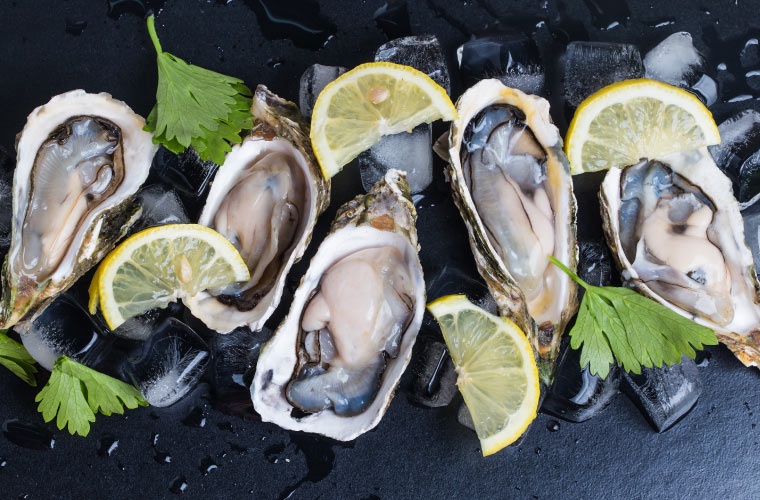
The Pacific oyster (Magallana gigas) has become a symbol of innovation and sustainability in global aquaculture, thanks to advancements in triploid production. Widely and sustainability in regions such as the United States and China, these oysters account for 80-95% of production in some markets due to their rapid growth, improved meat quality, and limited reproductive capability.
Triploids are organisms with an additional set of chromosomes, rendering them sterile. This triploidy has transformed oyster farming, providing a sustainable and efficient solution to meet rising global demand while protecting the environment. Triploidy is achieved through two main methods: chemical induction using cytochalasin B and 6-dimethylaminopurine (6-DMAP), and crossbreeding between diploids and tetraploids, which is now the preferred method within the aquaculture industry.
Crossbreeding between diploids and tetraploids produces triploids with higher survival rates and better performance in terms of meat quality and growth. These oysters possess three sets of chromosomes, making them sterile and enabling them to direct their energy towards faster growth and maintaining high-quality meat throughout the year, even during spawing seasons.
The use of omics technologies, such as transcriptomics and proteomics, has deepened understanding of the molecular differences between triploid and diploid oysters. These tools have helped identify changes in gene expression and protein profiles that account for the improved performance of triploids.
Beyond their superior yield, triploid oyster has minimal impact on wild populations due to their sterility, reducing the risk of crossbreeding and preserving marine biodiversity. This is particularly important in fragile ecosystems.
As filter feeders, oyster contribute to maintaining water quality and can even help mitigate ocean acidification.
With global demand on the rise, triploid Pacific oyster production continues to grow. Researchers are focused on refining triploidisation techniques and developing new biotechnological tools to further enhance the performance of these oysters.


